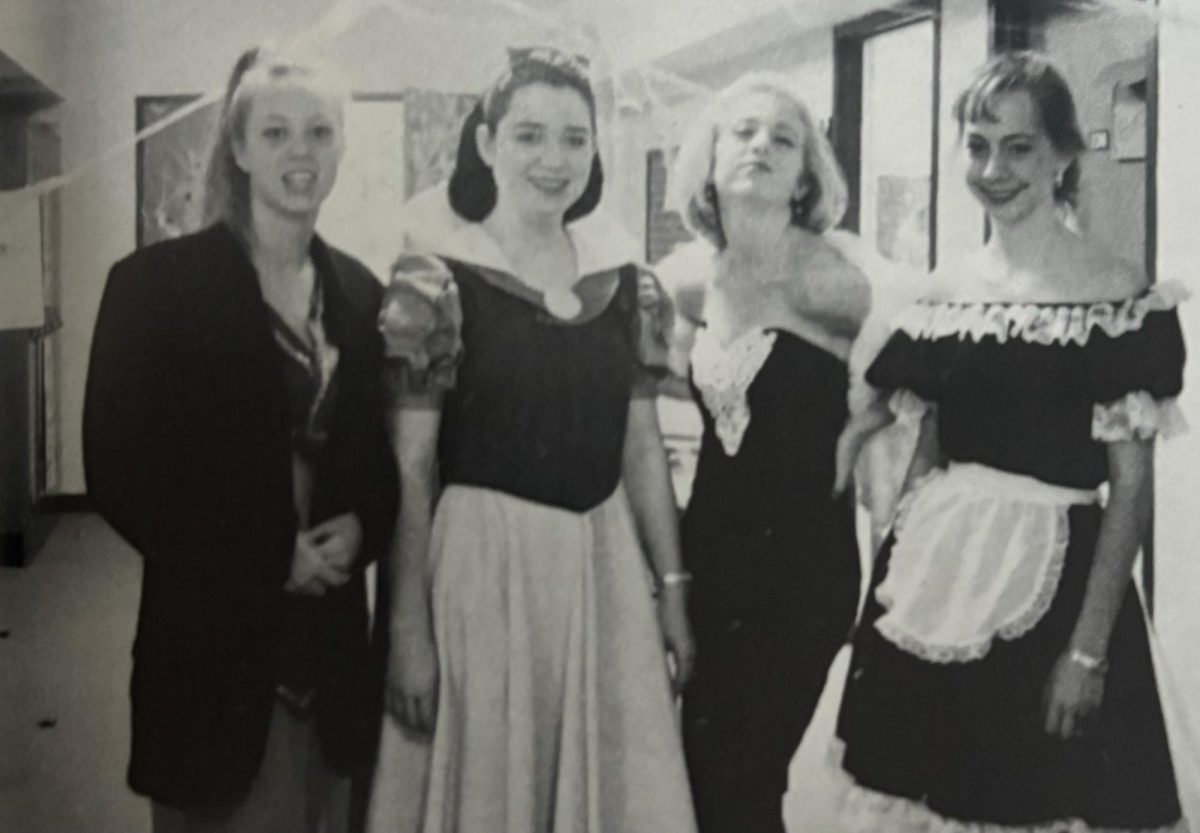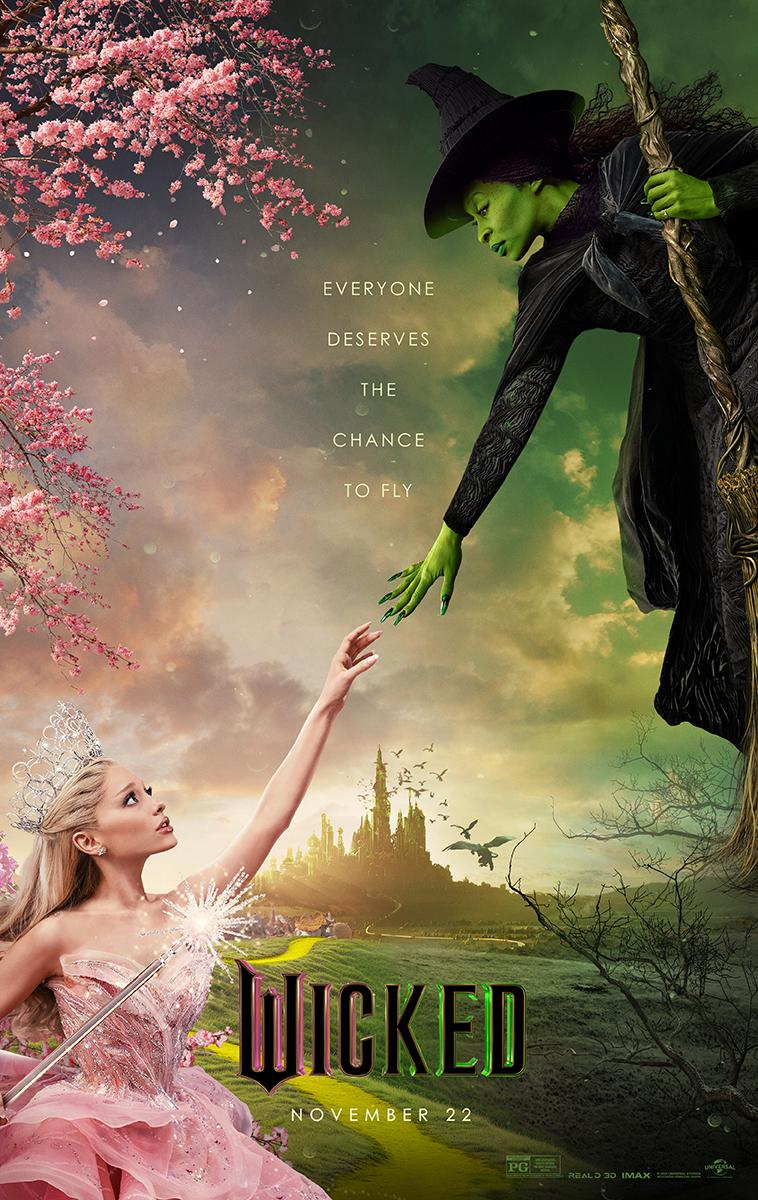Six weeks ago I declared in a Fourcast meeting that while Hockaday has good programs in math and science, the institutional attitude of the school does not encourage students to pursue those fields. I was challenged to prove it, so I took a survey of the school, and I did prove something: that I had been dead wrong. The majority of Upper School students surveyed, 80 out of 145, or 55 percent, said that they are considering a career in medicine (38 percent), engineering (21 percent), and/or research science (21 percent). Half of all juniors and seniors surveyed had taken AP Biology. This is impressive. This is encouraging.
But I still think we can step up our game. Every year, the Intel Science Talent Search announces 300 high school semi-finalists, the Siemens Science Competition selects 300 high school semi-finalists and the Research Science Institute accepts 80 juniors. Not one of these students has ever been from Hockaday. Worse, almost no one from our school – maybe one student a year – has even applied.
Why are these programs important? Well, the easy answer is that scholarship money is always useful.
The deeper explanation is that they challenge participants to complete and present their own work; in doing so, they familiarize students with research science. And research science is, quite honestly, where the answers come from: how to treat diseases, how to increase fuel efficiency, how to produce better materials—and that’s just a tiny sampling. But, right now, while Hockaday students have a good grounding in math and science, there is not a widespread perception among the students that we can create anything with that knowledge, at least not while at Hockaday.
There are exceptions—Junior Engineering Technical Society, better known as JETS, is a shining example—but in general I think there’s a pervasive feeling that we may be good at science on paper, but that we can’t take it beyond a couple carefully controlled experiments. Over and over, the Hockaday alumnae who come back for the Hockaday Alumnae in Technology and Science assembly, or HATS, talk about how their education here made them “unafraid to fail” or “ready to take on some task that seemed impossible.” Unfortunately, that attitude seems to have been replaced at Hockaday by a fragile perfectionism, a sense that if we can’t get something exactly right we shouldn’t do it at all, as exemplified by our collective obsession with our WebAssign averages.
And that attitude is incompatible with research science. Over the summer, Hockaday gave me the opportunity to spend a couple of months in a research lab, and I realized that you can’t do research and expect to get things right the first time. You need to be careful, sure and meticulous, definitely, but a perfectionist? Never. You didn’t need to be perfect—to know all the formulas, understand all the reactions, heck, even be able to pronounce all the chemical names—in order to contribute. You were expected to pay attention, and in time you would learn most of those things, but at the beginning? No. Research science is demanding, but so is every other class and extracurricular at Hockaday.
The goal of this column is not to demand for a curriculum shift in the sciences, or suggest that everyone stop attending their humanities classes; I just want you, the reader, to take this moment and think: I could work in a lab afterschool this year, or during the summer. I could check out the rules for the Intel Science Fair. I could research a problem—decreasing the environmental impact of fossil fuels, or increasing the efficacy of antibiotics, or making plastics both more durable and less expensive—and I could solve it. And I could do it not after graduating from Hockaday or after earning a Ph.D., but right now.
-Kay
Some Resources:
1. UTD Nanotech Explorers; http://nanotech.utdallas.edu/community/nanoexplorers/index.htmlApplication deadline is April 13.
2. Baylor High School Summer Research Program:http://www.baylor.edu/summerscience/Application deadline is March 1st
3. Your local university. One of my friends found a research opportunity by first looking up an index of allthe lab directors at Southern Methodist University, then calling each of them and proposing an internshipuntil someone said said yes. There are a lot of good schools in the area – UTD, UNT, UT-Arlington,SMU, and TCU – so this is definitely worth a shot.




